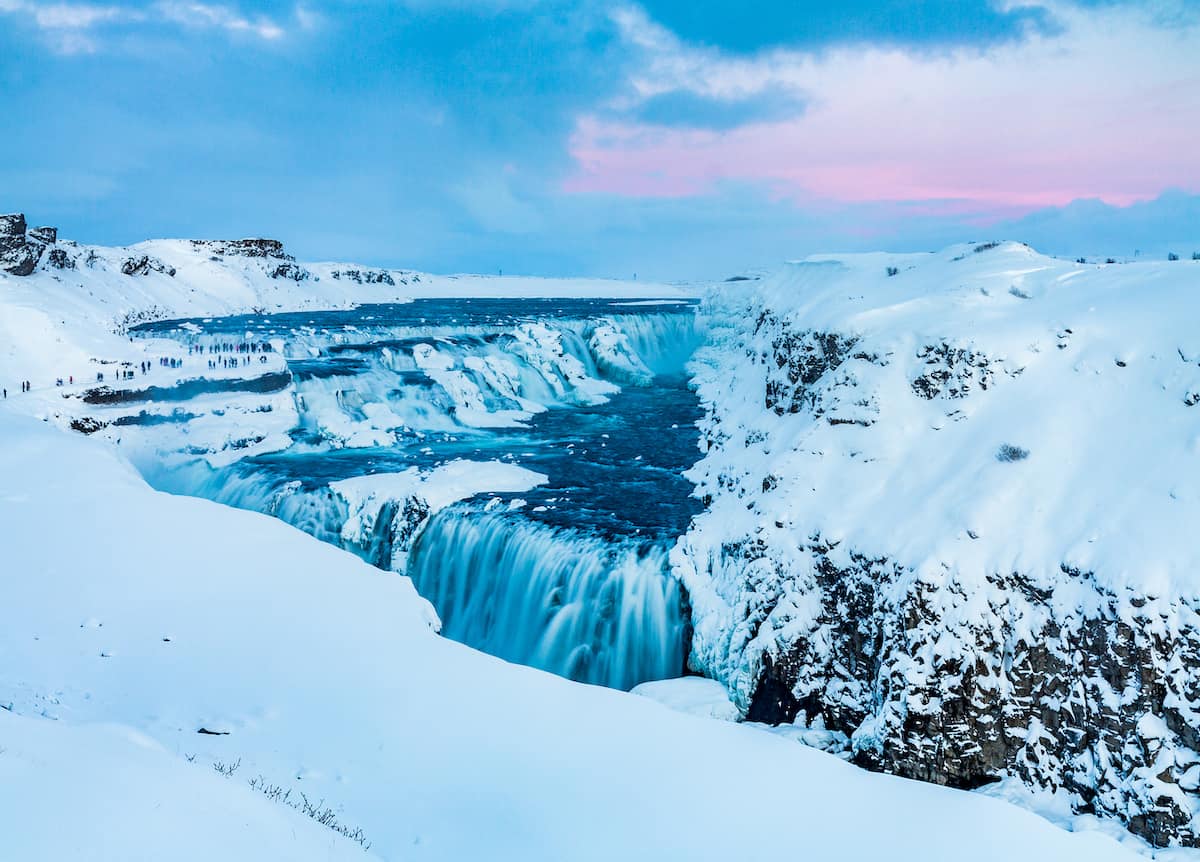Guide to Visiting Iceland
Iceland is an island which should be on everyone’s bucket list. This Nordic island nation is characterized by its spectacular landscape scenery, including volcanoes, geysers, hot springs, and lava fields.
The number of tourists visiting Iceland keeps growing every year, as its popularity grows. Organizing a trip to Iceland is not complicated, but requires a minimum of knowledge of the place to make the most out of your trip.
It’s a good idea to have a plan to fully enjoy the island, and that is why we present to you this Iceland travel guide below.
Plan your trip?
Avoid hidden fees in the exchange rate while withdrawing from millions of ATMs abroad, paying in restaurants and shops, and buying your accommodation and flights using the Wise Card. You can hold up to 40+ currencies at once to spend in in over 150 countries, and convert them in real time with the free Wise app.
Need help planning your trip from start to finish? Check out these helpful links:
- Cheap flights
- Savings on accommodation from hostels to luxury hotels
- Affordable car rental options
- Affordable sightseeing tours and day trips
- Travel Adapter – All in one so you don’t have to carry a bunch around
- Don’t be silly and forget Travel Insurance! Get hurt and you’ll regret it…
This post contains some affiliate links for your convenience. Click here to read my full disclosure policy. You can also read our content/editorial policy here.
Geography
Let us start with a brief overview of the Icelandic territory to get an idea of how much there is to see and explore. Located in the Atlantic Ocean, between Greenland and Great Britain, it is one of the least populated countries in Europe and the one located furthest west.
Iceland is indeed a small island, but there are so many things to see. We can divide the island into 7 geographical areas, each with its own characteristics and numerous stunning natural attractions.
Reykjavik is the capital city, which is a small but very lively town. For some, it is only the starting point of a journey that reveals all its beauty outside of the center.
The area around the capital, perhaps less well-known than others, but still worthy of attention for its geothermal attractions, lighthouses, and waterfalls, is characterized by a lunar landscape. Once you land in Keflavik, you will start to see lava fields that seem endless to the eye.
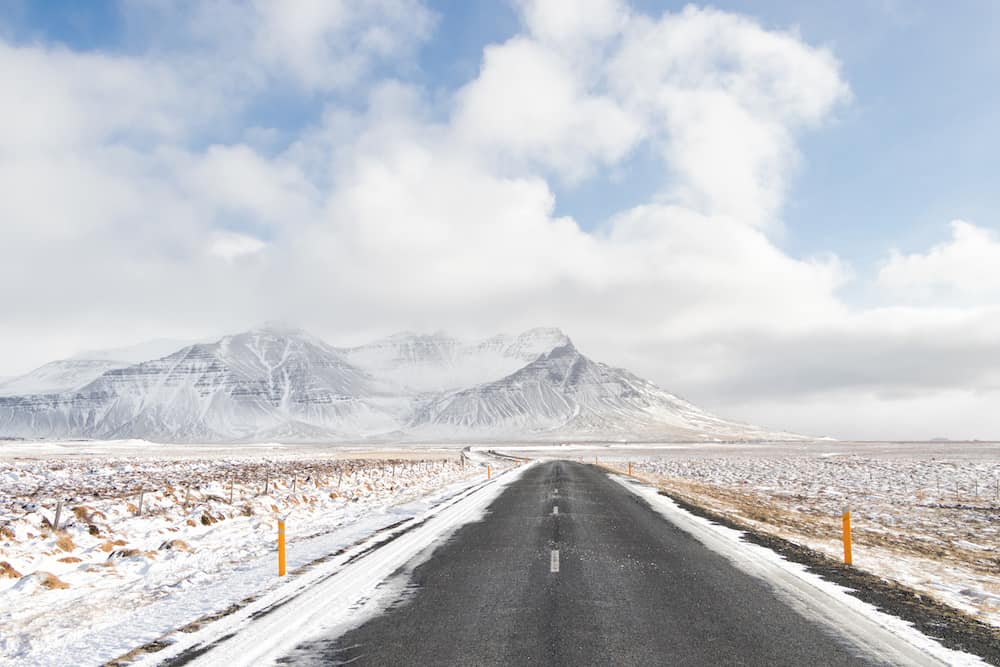
Coasts
The northern part of Iceland is composed of a succession of stunning fjords, farms and small islands on which fishing villages are perched. The landscape there is enriched by numerous waterfalls. From Reykjavik to Jökulsárlón to the east, is the south coast of Iceland.
This is one of the most visited and also most easily accessible areas, even in winter, and contains two national parks: Þingvellir and Skaftafell, which is part of the largest national park in Vatnajökull.
Thanks to its short distance from Reykjavik, this area can be explored even in a day, although we recommend exploring for several days to be able to enjoy the many types of landscape it offers. It’s hardly worth organizing a trip to Iceland without entering this area.
The East Coast is also a less visited region than others, but certainly not less interesting. It contains numerous fishing villages and several waterfalls (mind you, in Iceland, waterfalls are everywhere).
Not only that, you will find several fjords that you can travel to by car and without any hassle. A lot of people who organize a trip to Iceland for the first time usually follow the most classic and usual routes, which result in missing this area.
The West, with its spectacular fjords, is the most remote and isolated region but also one of the most authentic. It is less visited by mass tourism, at least for now, and has also been preserved on a naturalistic level. It has amazing fauna that includes puffins, seals, and the Arctic fox.
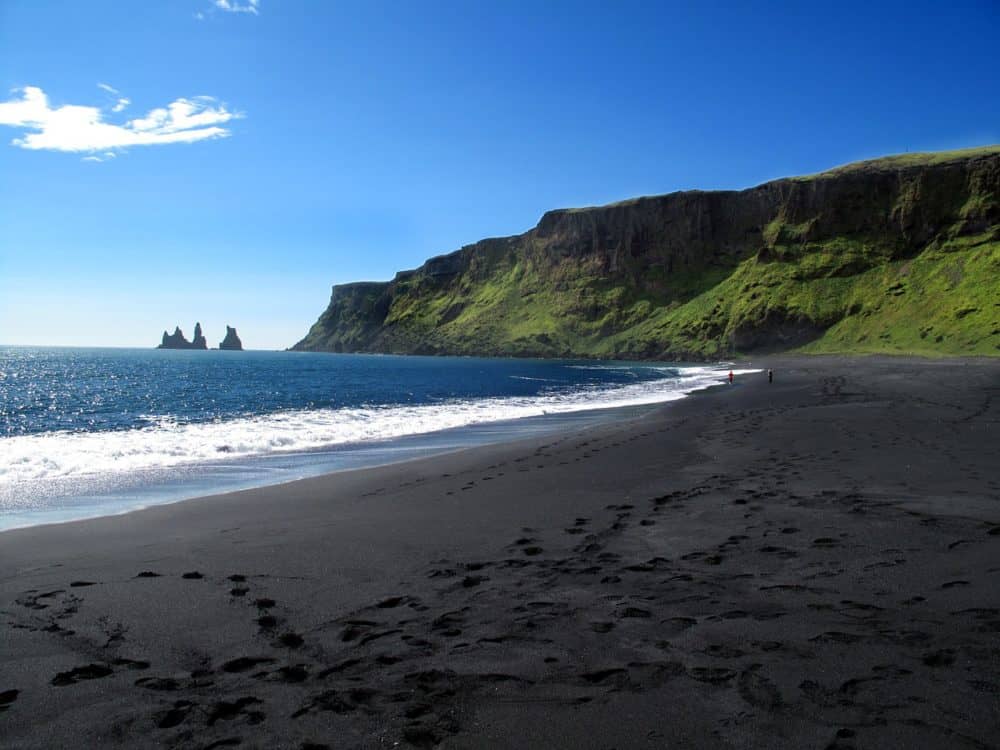
When is the best time to visit Iceland?
There is never a bad time to visit Iceland. It is always wonderful, all year round, although every season has its pros and cons.
Autumn, from the end of August to October, is the season in which I visited, and is the least crowded with tourists, with a more relaxed atmosphere. The prices are slightly lower, as it is also the low season.
There is a possibility of spotting the Northern Lights. The colors of the autumn landscape are really spectacular, from red to yellow to gold. September is ideal because some areas are still easily accessible, but in October the Highland area will probably already be inaccessible due to the closure of the roads.
Snow usually comes later, but you can always organize your own tour by renting a four-wheel drive.
Iceland in winter, from October to April, is very close to a heavenly winter paradise. The days are not very long and therefore you have a few hours of light available to travel and explore, especially in the months of December and January.
Depending on the weather conditions, some places will be difficult to access, including the area of the Highlands, and some roads can be closed due to snow. Nevertheless, it remains spectacular for the landscapes covered in snow, the frozen waterfalls, the excursions to the ice caves and on the glaciers and the stunning night sky.
Spring (April and May) in Iceland is very short. The days get longer, and you can get a taste of what awaits us in the summer, while avoiding all the problems related to the fact that there are too many tourists around. Nature begins to revive after the winter hibernation, and the prices are not yet those of the high season.
And finally, there is the summer, from June to August, which is the season preferred by many tourists. From a certain point of view, they are not to be blamed. The days are very long thanks to the midnight sun phenomenon and the temperatures are ideal.
Unfortunately, this season will see higher prices because of the influx of tourists. Visiting Iceland at this time of the year is sometimes more complicated but, planning in advance, it is not impossible. The lupins bloom around the second half of June, especially in the South.

Language
The language of Iceland is called Icelandic, an ancient Nordic language that has changed very little since the first Norwegian settlers arrived around a thousand years ago.
This does not mean that it is exactly the same language that the Vikings spoke at the time, but it has remained very similar, especially at the written level.
The Icelandic language is characterized by not having dialects and an extremely complex grammar. In reality, it is not, however, a very hard language to learn. In any case, do not worry because, luckily, the majority of Icelanders speak English very well.
Transportation
The size and geography of Iceland make it ideal for car trips and it is for this reason that car hire in Iceland is quite simple, despite being expensive compared to other countries.
The first important thing to know is that if you stay inside most touristy areas such as the Golden Circle with its “road” attractions, it is always recommended to hire an SUV. It is important to note that you can rent a car only if you are 21 years of age and you have a valid driving license.
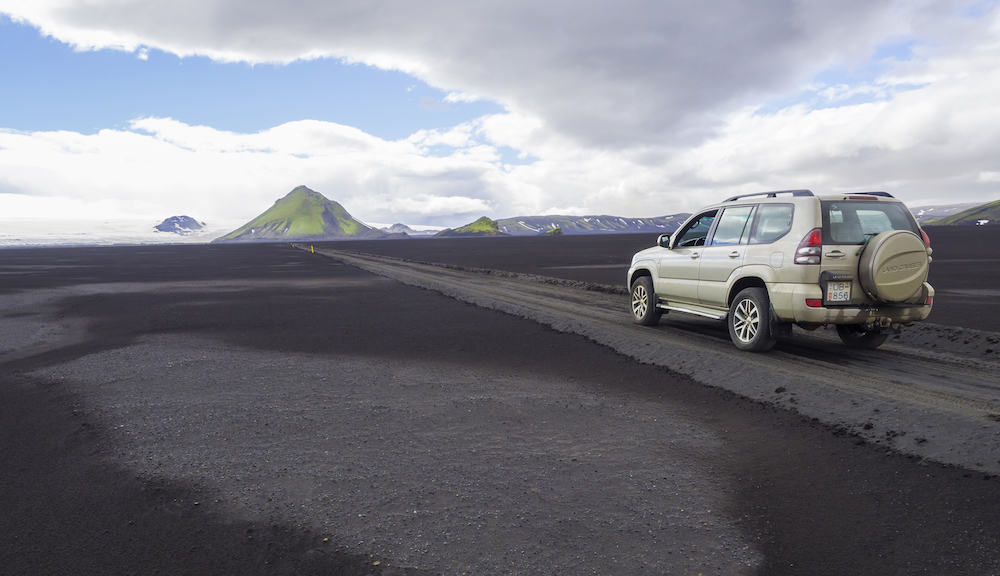
Bus Tours
Daily tours depart from Reykjavík to visit Iceland’s most famous areas or even its most interesting attractions (Blue Lagoon, Golden Circle, glaciers and much more).
The prices are obviously not very low and this type of tour is certainly suitable for those who like to be transported without having to worry about anything while just admiring the beautiful scenery.
Recommend budget tours in Iceland:
- Southern Iceland Glaciers, Waterfalls and Beaches Day Tour
- Small-Group Golden Circle Tour and Secret Lagoon Visit from Reykjavik
- Grand Golden Circle Day Trip from Reykjavik
- ‘Game of Thrones’ Filming Locations Tour From Reykjavik
- South Iceland, Waterfalls & Glacier Hiking Small Group Adventure
- South Coast Full Day Tour from Reykjavik by Minibus
- Golden Circle Small-Group Full-Day Tour by Minibus
- Glacier Hiking and Ice Climbing Small-Group Adventure from Reykjavik
- Day Trip from Reykjavik Small Group Silfra Snorkeling and Lava Caving Adventure
- Viking Horse Riding and Golden Circle Tour from Reykjavik
Traveling Using a Camper
Iceland is famous for campers because on the island it is easy to park practically everywhere, thanks to a survival law which allows you to stop anywhere for a night and eat all that is edible in the area if necessary.
This is definitely one of the coolest things to do in Iceland, and there are also numerous rest areas equipped to support this way of traveling. Keep in mind that if you stop on private property, you must get permission from the owner of the land in order to stay.
It is very important to notice the speed limits in Iceland. These are: 50km/hr in populated areas, 60km/hr on expressways, 30km/hr in residential areas, 80km/hr on rough roads in rural areas, and 90km/hr on paved roads in rural areas.
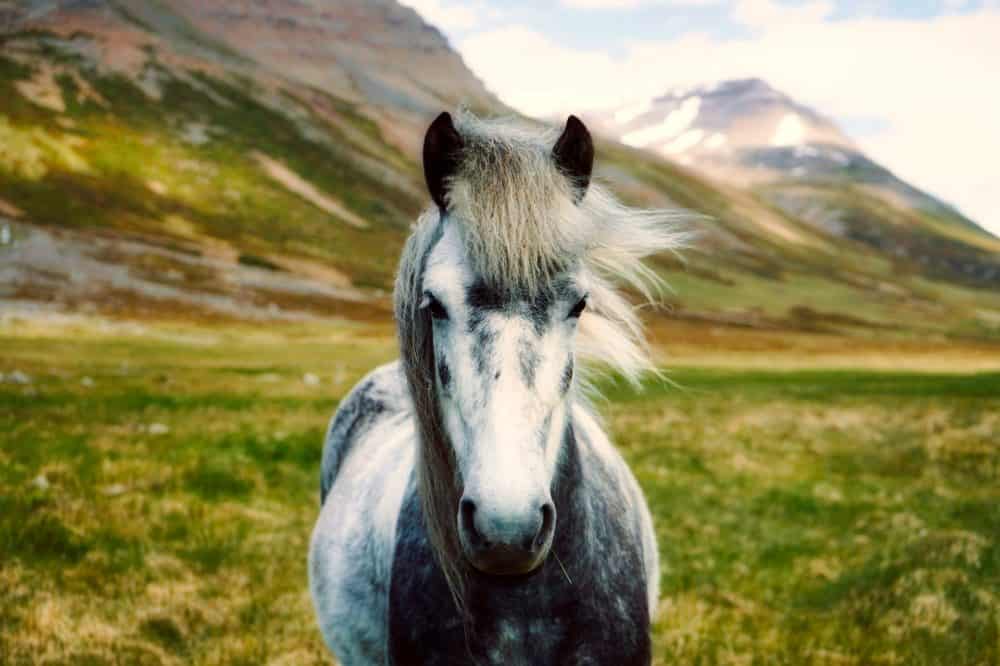
Shopping
You can also do some shopping while you are in Iceland. Some stores are tax-free and allow you to get a partial refund on a total spend of at least 4,000 crowns in a single receipt.
You can do this by simply requesting the tax-free form at the store, filling it out, attaching the receipt and delivering it to the counter located inside the departure area of Keflavík airport. It takes a little extra your time but the savings are worth it.
Shops are generally open from 10 am to 6 pm Monday to Friday but on Saturdays, the hours may be reduced. You should buy souvenirs in the capital as you will find more choice and possibly even lower prices.
As for food, especially for food to be taken on the road, it is better to shop at the supermarket and stock up on food to eat during the trip.
The cost of living is very high and going to restaurants can be expensive. The cheapest supermarkets are Bonus, Kronan and also Netto. Knowing this, you can easily better plan your food shopping for your adventure.
Currency and Credit Cards
In Iceland, the currency is the Icelandic crown, known to Icelanders as kròna and abbreviated to “ISK“. The best thing is that you can really pay for everything with a credit/debit card. These can be used even for very small amounts such as a hot dog at kiosks or at toilets.
The Mastercard/Visa, Maestro and Electron for debit cards are all accepted without problems, but a card equipped with a chip is required to refuel your vehicle at most self-service stations because you will be required to enter a pin.
This means that there is no need to carry a lot of cash with you, as the cards are more convenient.
You can also change Euros into Icelandic crowns at the airport, at the exchange desk in the arrivals area, or withdraw from a bank (don’t forget about the bank fees). The tip in Iceland is included in the bill. If you want to offer more, then you can pay in cash.
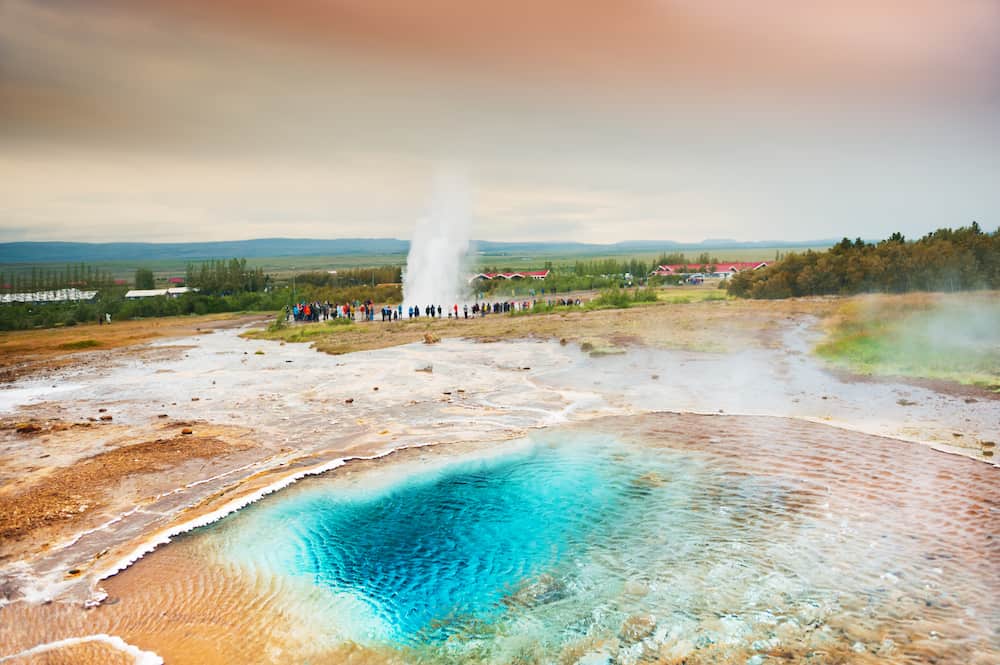
Voltage Rate
In Iceland the voltage is 220 volts, therefore it is compatible with most devices. They use two-pronged German sockets. Remember that when you travel, it is always useful to have multiple sockets to connect multiple devices and a two-to-three-pole adapter.
This way you can always charge your smartphone, tablets etc. In hostels and in dormitories, the electrical outlets are not always close to all the beds. You can always take some portable battery chargers with you as well.
Internet and Telephone Connections
Some of the farthest parts of Iceland are practically out of this world and some connections may not be available. It is better if you buy an Icelandic card directly at the airport to use to connect to the Internet.
These cards are purchased in prepaid form and they are activated immediately, giving you a total number gigabytes based on the price paid. Nova and Siminn are the two most used and reliable companies.
Keep in mind that in some parts of Iceland, even an Icelandic company may not be able to connect. For example, the Síminn offers 5GB for about €20 (for a maximum of one month of use) plus the activation cost of the SIM, which will then remain yours for another trip within the given time.
Accommodation
There is one major problem with accommodation in Iceland. Due to a lot of tourists, there is an imbalance between supply and demand, which obviously raises prices, especially during the summer season.
This is one of the main difficulties in organizing a trip to Iceland in the summer. It is a good idea to book your accommodation as soon as possible, to find more availability and have more choices.
Outside the capital, the service is very good and always guarantees cleanliness and comfort, even when it comes to hostels or small guesthouses.
Most hotels are located in the capital and more-populated centers. For the rest of the country, there are guest houses, apartments, and hostels scattered around the island. The guest houses are very welcoming and managed in a family way.
Guest houses are one of the most authentic ways to get in touch with Icelandic tradition, and visitors have the opportunity to immerse themselves completely in the landscape and get to know the Icelanders.
In addition to these, there are also cottages scattered everywhere, even in beautiful natural surroundings, which offer an average of 4 bedrooms at attractive prices.
Staying in a campsite is another solution that allows you to save money, both in summer and winter. The average prices for one night are around €15. At campsites, you can stop with minivans, campers or a tent.
You can also find parking at very low prices and they also offer services such as toilets, showers and kitchen space.
There is a camping card that allows access to 42 different campsites, but the most common opinion is that it is not as useful as it may seem. In general, in fact, there is no need to book, just show up.
Organizing a camping trip to Iceland will make you realize that, with a bit of adventure, the budget can be reduced quite a lot. According to Icelandic law, you can stay anywhere with a tent, except for national parks, cultivated lands or private land (unless you get permission from the owners).
You are allowed to stay in the same place only one night and there cannot be more than three tents. You have to pay close attention to the equipment you decide to use, so as not to have any unpleasant surprises.
If you are a beginner with camping, find out what you need to have to face everything in peace. Do not underestimate the Icelandic weather, even in summer, because the temperatures are not always so high.
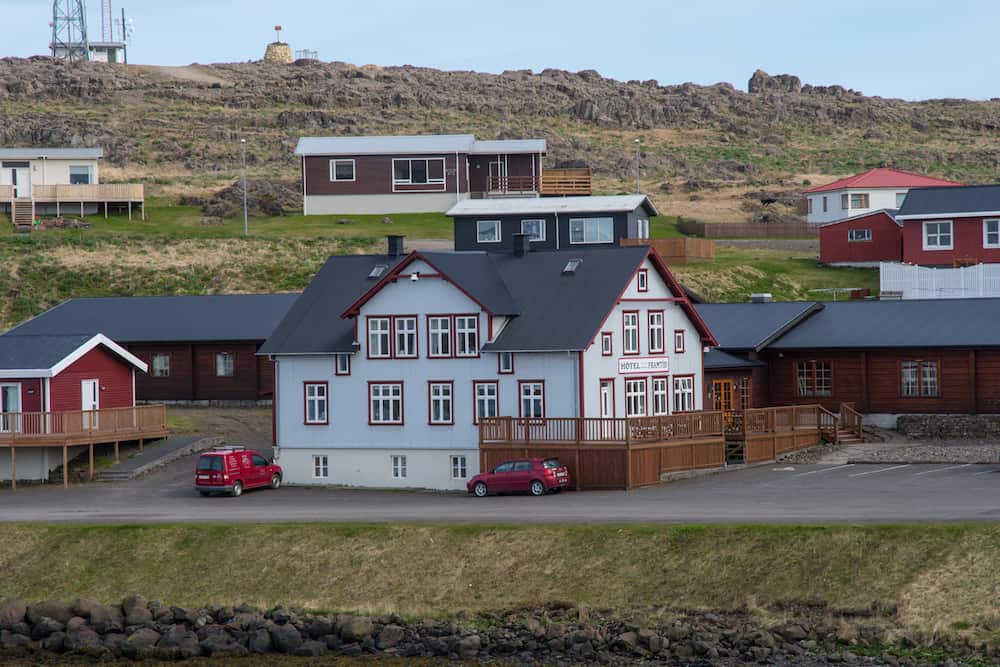
We hope that this guide was super useful in planning your trip to Iceland. We are 100% sure that you will fall in love with the island.
Read more:
- Top 10 Budget Friendly Hotels in Iceland
- 15 Remarkable Things to see and Do in Iceland
- 48 Hours in Iceland – A 2 Day Itinerary
- 10 Day Itinerary for Iceland
- The Best Day Trips from Reykjavik
- 8 of the Best Volcano Tours in Iceland
- 7 of the Best Golden Circle Tours in Iceland
- 9 of the Best Iceland Glacier Tours
- 9 of the Best Iceland South Coast Tours
- Budget Guide to Iceland
- Luxury Travel Guide to Iceland
- Is a Tour to Iceland’s South Coast worth it?
If you’d like to save it for later, please save it to Pinterest.




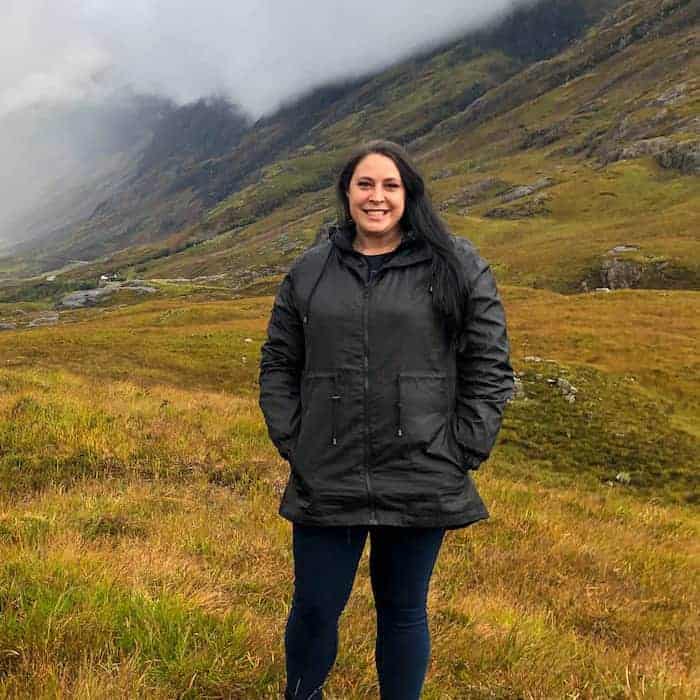
![Where to stay in Iceland [Best Places to Stay for 2024]](https://www.travellingking.com/wp-content/uploads/2023/08/Iceland-Breathtaking-view-of-Vikurkirkja-christian-church-in-blooming-flowers.jpg)
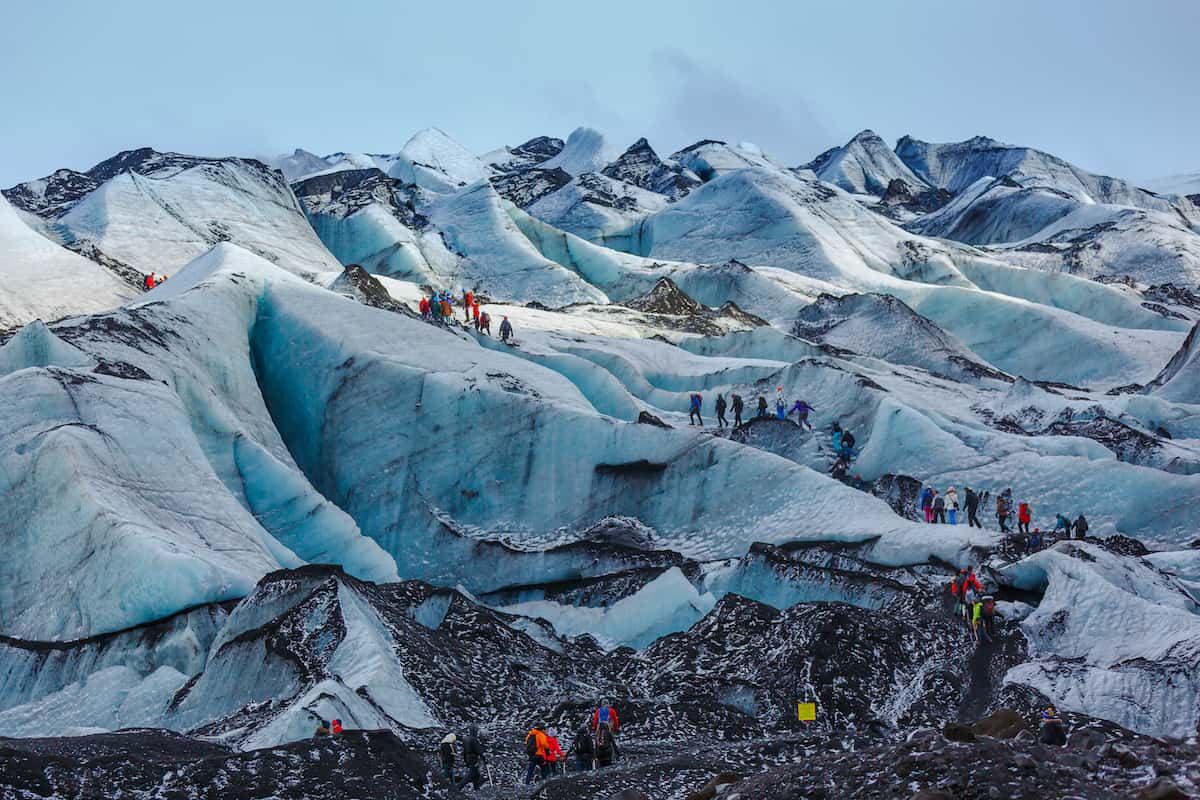
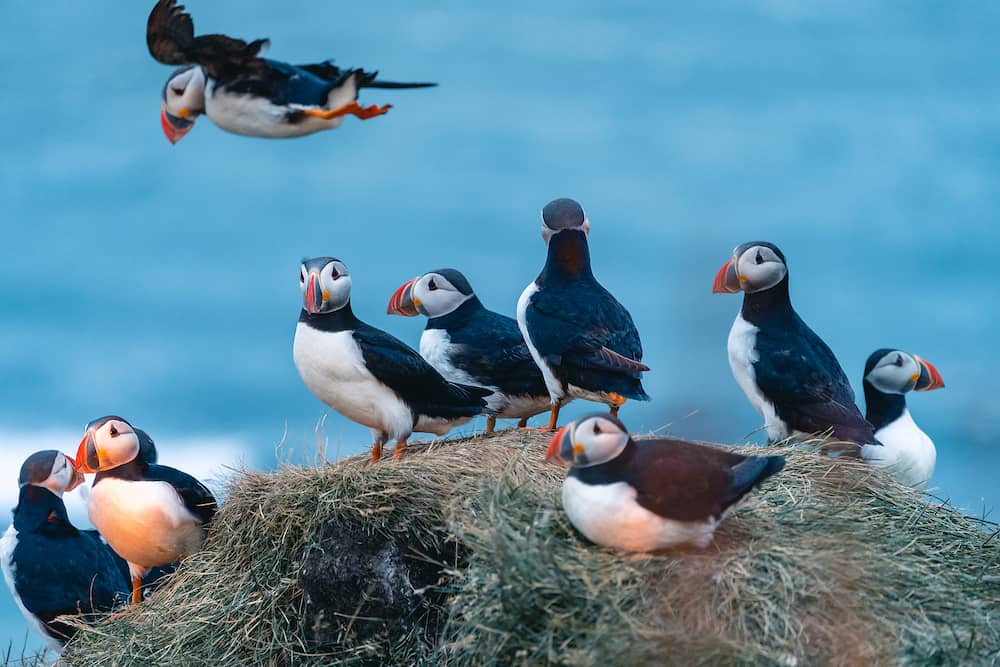
![Top 10 Budget Friendly Hotels in Iceland [for 2024]](https://www.travellingking.com/wp-content/uploads/2023/02/Iceland-Hallgrimskirkja-church-and-Reykjavik-cityscape-in-Iceland-aerial-view.jpg)
